Screen printing is a popular and versatile printing process used for a variety of applications. It has been used for centuries to create graphics, signage, and apparel. In recent years, screen printing has become increasingly popular due to its ability to produce large, vibrant prints quickly and with great precision. This comprehensive overview will cover the basics of screen printing, its advantages and disadvantages, and some of the best practices for achieving the best results.
We'll start by examining the history of screen printing, its development and use over the centuries, and how it has evolved into the modern printing process we use today. We'll then move on to the different types of screen printing, the different materials used, and the processes involved. Finally, we'll look at some common applications of screen printing, how to achieve the best results, and how to maintain a high level of quality. Screen printing is a form of stenciling in which ink or paint is forced through a mesh screen onto a substrate. The mesh screen is usually made of polyester, nylon, or stainless steel.
A stencil is created on the screen by blocking out areas where ink should not pass through. Ink is then applied to the screen, either manually or mechanically, and then pressed onto the substrate.
Screen printing
can be used to print on paper, fabric, wood, metal, glass, and other materials. One of the main benefits of screen printing is that it allows for larger prints than other printing methods. This makes it ideal for large format printing projects such as banners, signs, and posters.It also allows for multiple colors to be printed in one pass, which can save time and money.
Screen printing
is also well-suited for projects that require high levels of detail and accuracy, such as decals, posters, and t-shirts. The materials used in screen printing vary depending on the project. For paper and fabric prints, water-based inks are typically used. For wood and metal prints, solvent-based inks are usually used.For outdoor projects such as signs and banners, UV-resistant inks are often used to ensure that the print will last longer in direct sunlight. No matter what type of project you're working on, screen printing can be an effective way to produce high-quality prints with a variety of materials. With its ability to create large prints with multiple colors in one pass, it's easy to see why screen printing is a popular choice for many types of projects.
Materials Used in Screen Printing
Screen printing uses a variety of materials depending on the project. These inks are easier to work with and provide a softer feel than other types of inks. These inks are more durable and can produce higher quality prints than water-based inks.For outdoor projects such as signs and banners, UV-resistant inks are often used to ensure that the print will last longer in direct sunlight. The type of material used for the screen itself is also important. Many screen printing projects use mesh screens made of nylon or polyester. These screens are fine enough to allow for detailed prints, but strong enough to stand up to repeated use.
Specialty screens made of copper or stainless steel can also be used for some projects, depending on the desired results.
Types of Projects
Screen printing is well-suited for projects that require high levels of detail and accuracy, such as decals, posters, and t-shirts. It is also often used for large format printing projects such as banners, signs, and posters. Screen printing is a versatile process that can be used for a wide variety of projects, from simple labels to complex designs. With its ability to produce accurate prints with a variety of materials, it is easy to see why it is so popular among artists, businesses, and hobbyists alike. Screen printing is ideal for projects that require a high level of detail and precision, such as custom decals, posters, and t-shirts.The process allows for intricate designs to be printed with crisp lines and vivid colors. It can also be used for large format printing projects such as banners, signs, and posters. Screen printing is an excellent choice for businesses that need to produce high-quality promotional materials in bulk. The versatility of screen printing makes it suitable for a wide variety of projects. It can be used to print logos, labels, signs, and other promotional materials.
It is also an excellent choice for custom t-shirts, hoodies, and other apparel. With the right equipment and materials, screen printing can be used to produce high-quality prints with a wide range of colors and textures. Screen printing is a time-honored and reliable method of printing that can be used for a variety of projects. It is a great option for creating high-quality prints with a range of materials, from fabric and paper to plastic and metal. With its ability to produce large prints with multiple colors in one pass, screen printing is a popular choice for businesses, artists, and hobbyists alike.
Whether you're looking to create custom t-shirts or banners for your business, screen printing is the perfect solution.



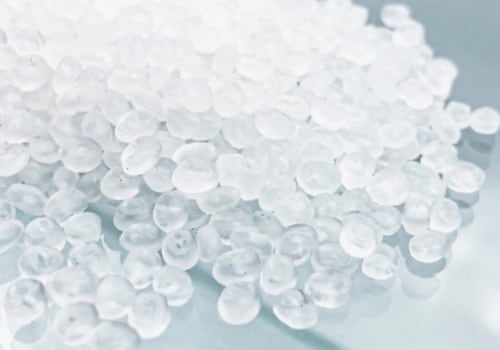

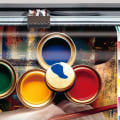
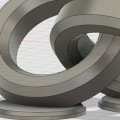


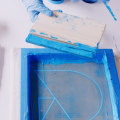
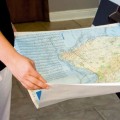
Leave Message